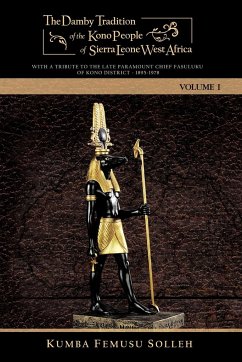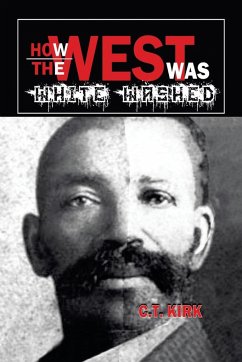The Damby concept is very similar to the concept of DNA: protein chains from where every human or every living creature gets its hereditary traits. The earth was originally farmland created for a family. Animals that inhabited the air; water and earth were venerated by all cultures in the ancient world and viewed as symbols of the invisible forces; through whom he worships the Divine Power for the creative impulses of the gods readily respond to them. All cultures of the world reverent some animals as symbolism of divinity. The the forms and habits of these emblematic creatures : the media of existence closely relate them to the various generative and germinative powers of Nature thus, were viewed as evidence of Omnipresence. The Kono understood that all life has its origin in water. Therefore, he chose the fish as the symbol of the life germ. This fish as his emblem of the life germ is called Sa-neh (eel); meaning Sa, the ancient God is here. Furthermore, he went a step further and chose other kinds of animals to represent the divine for each - original founding fathers of the Kono Tribe. These animals and plants became known :Tana of the male heads of each founding family . However, the basic reasons behind such choices were based on a simple belief that each Damby head was a product of his Damby : his Tana or Totemic Animal. Therefore, the totemic animals were depicted as deities; and each family was prohibited from eating his or her totemic animal or food. At first, twelve animals and other forms of food were chosen and each family member had its own animal or other food form as the family's Tana. The animals and their explanations are giving in the book.








